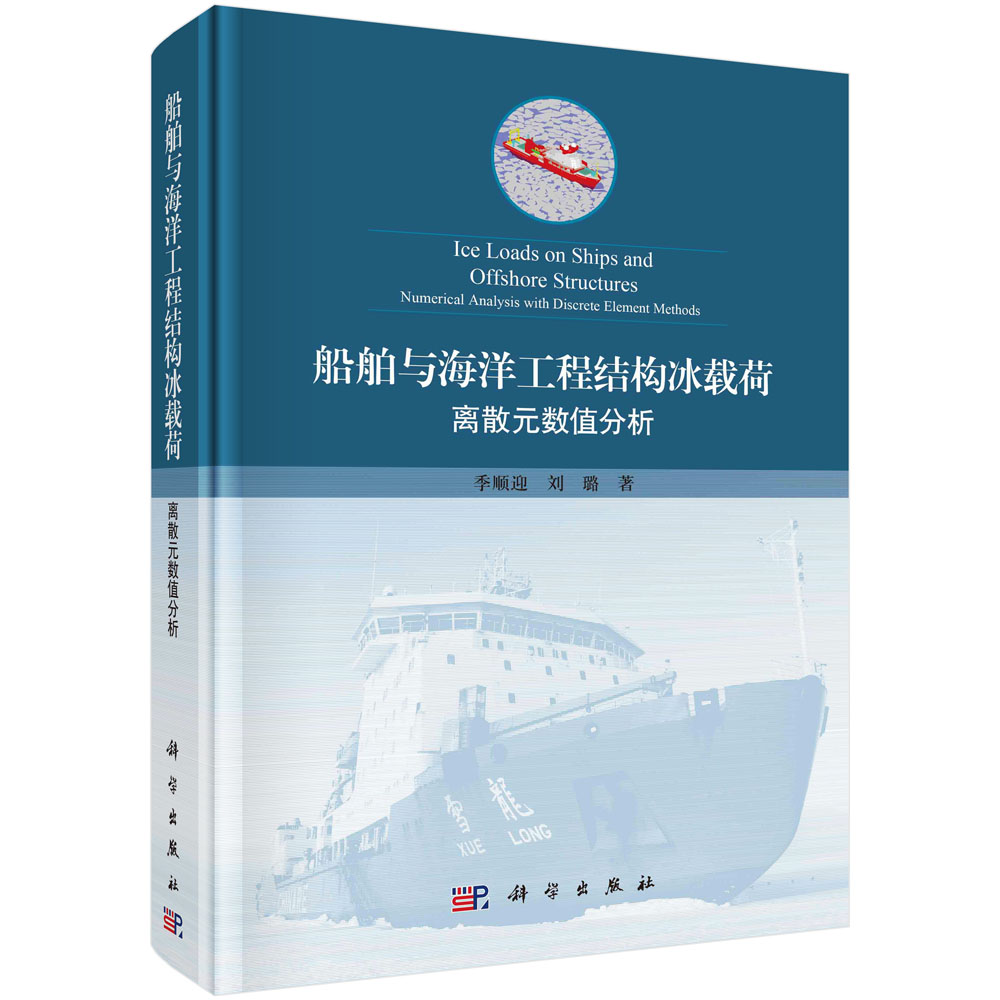
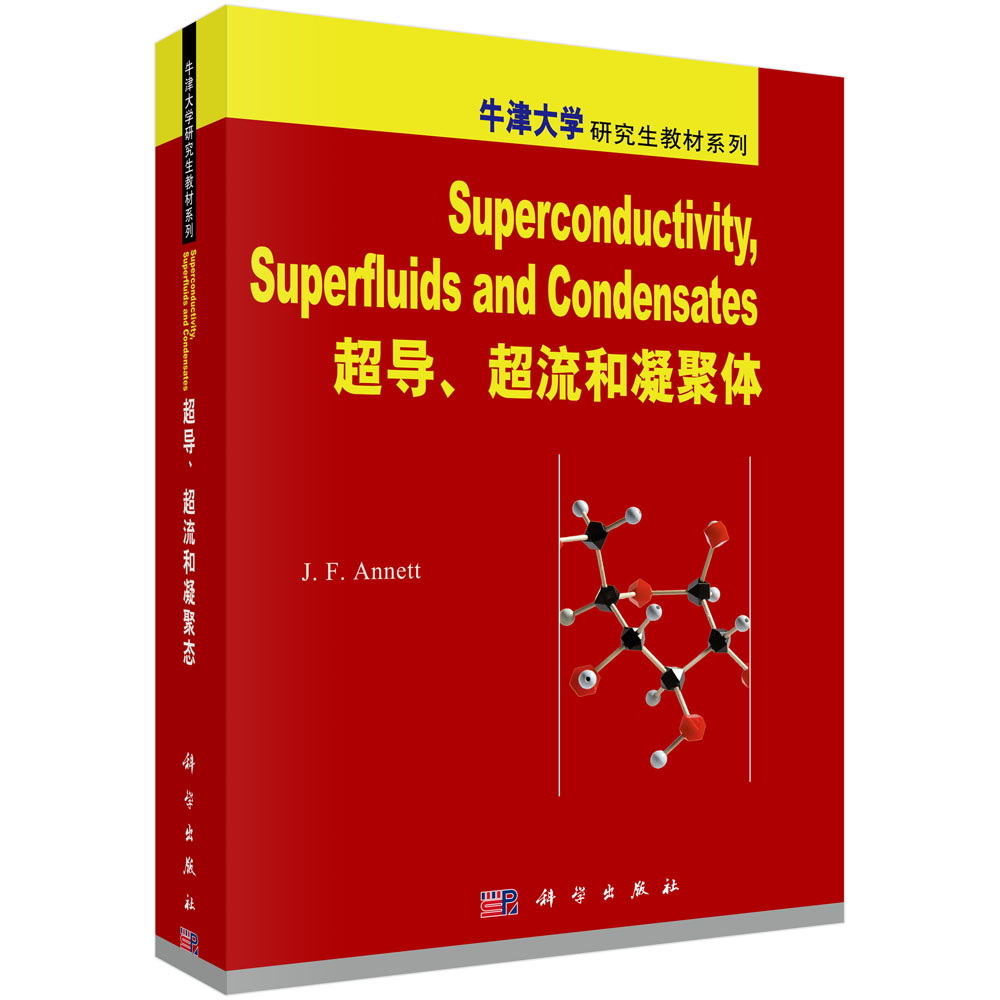
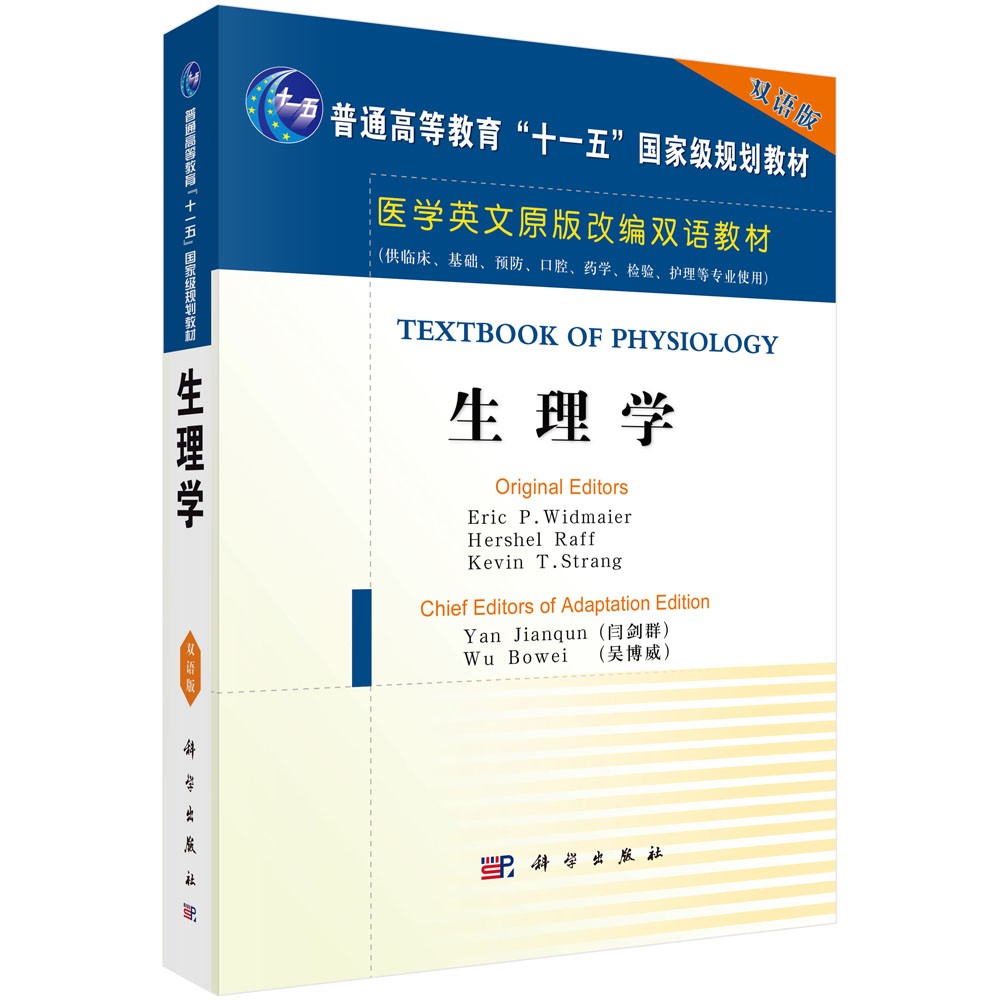
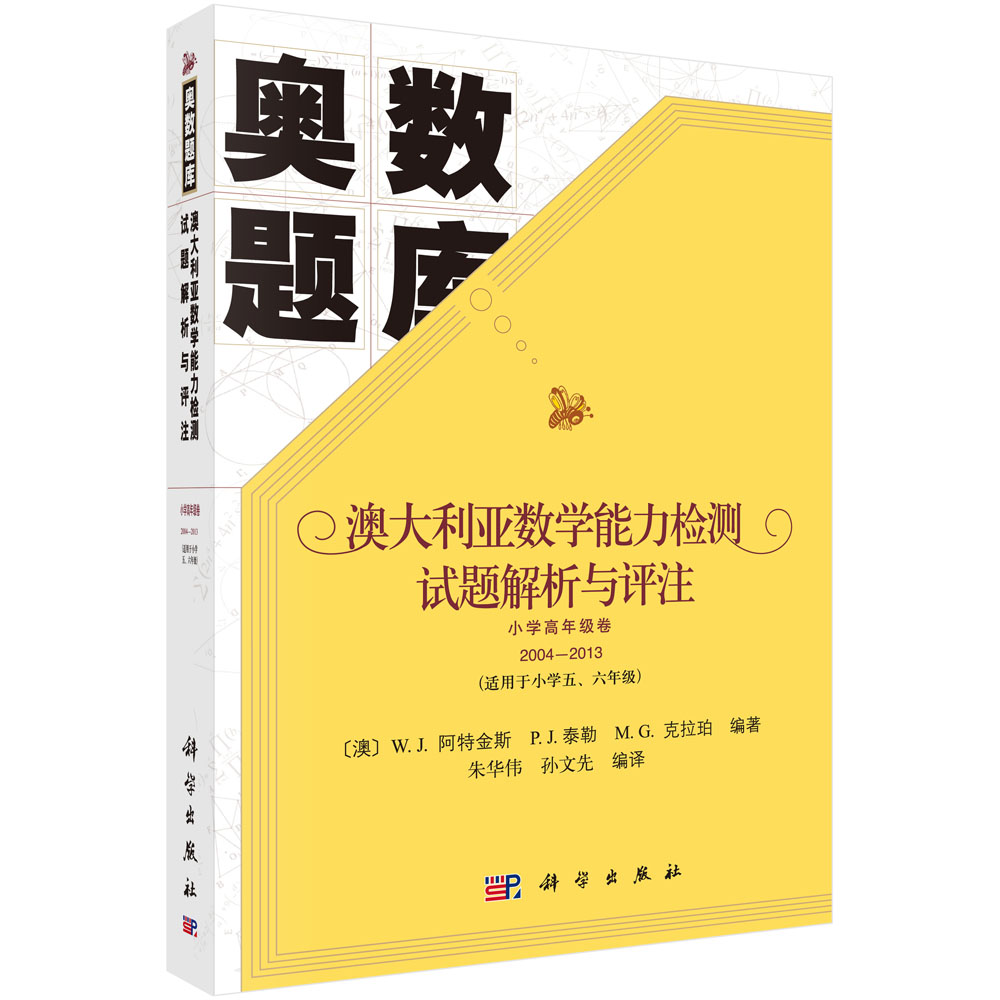

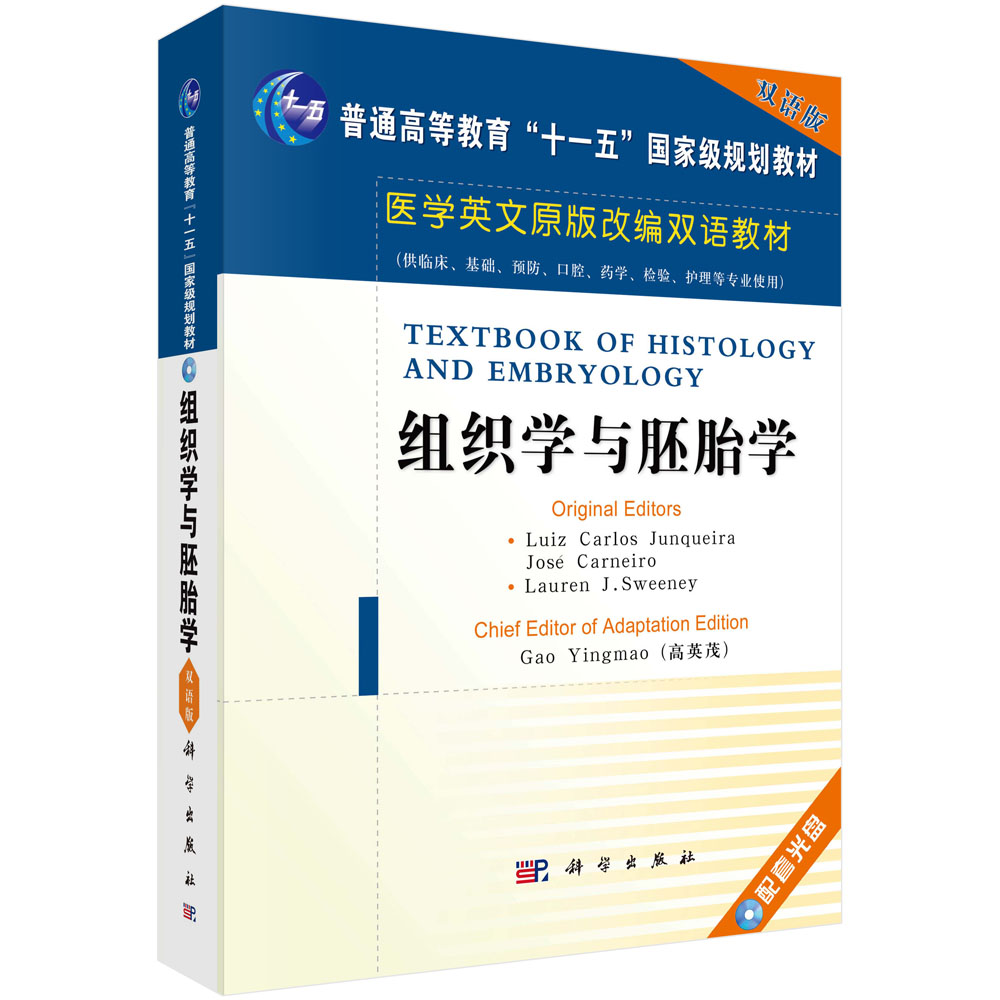
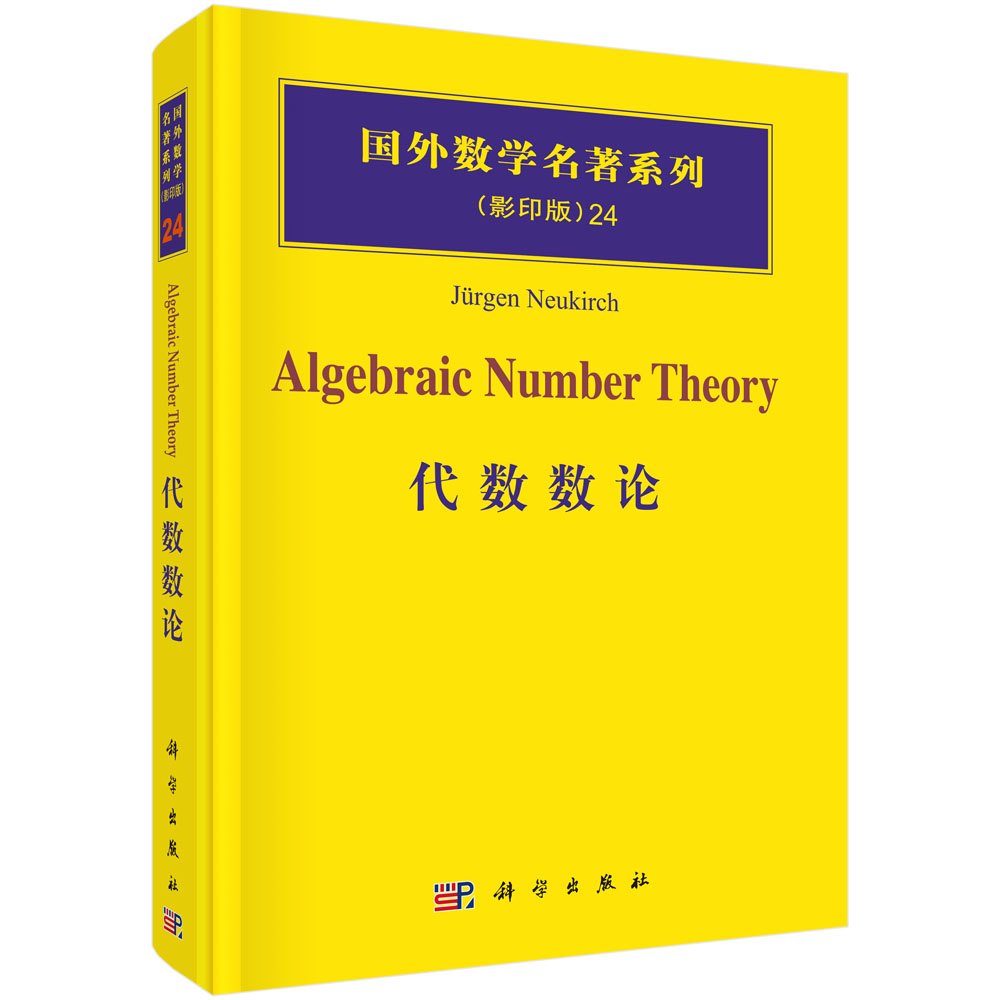
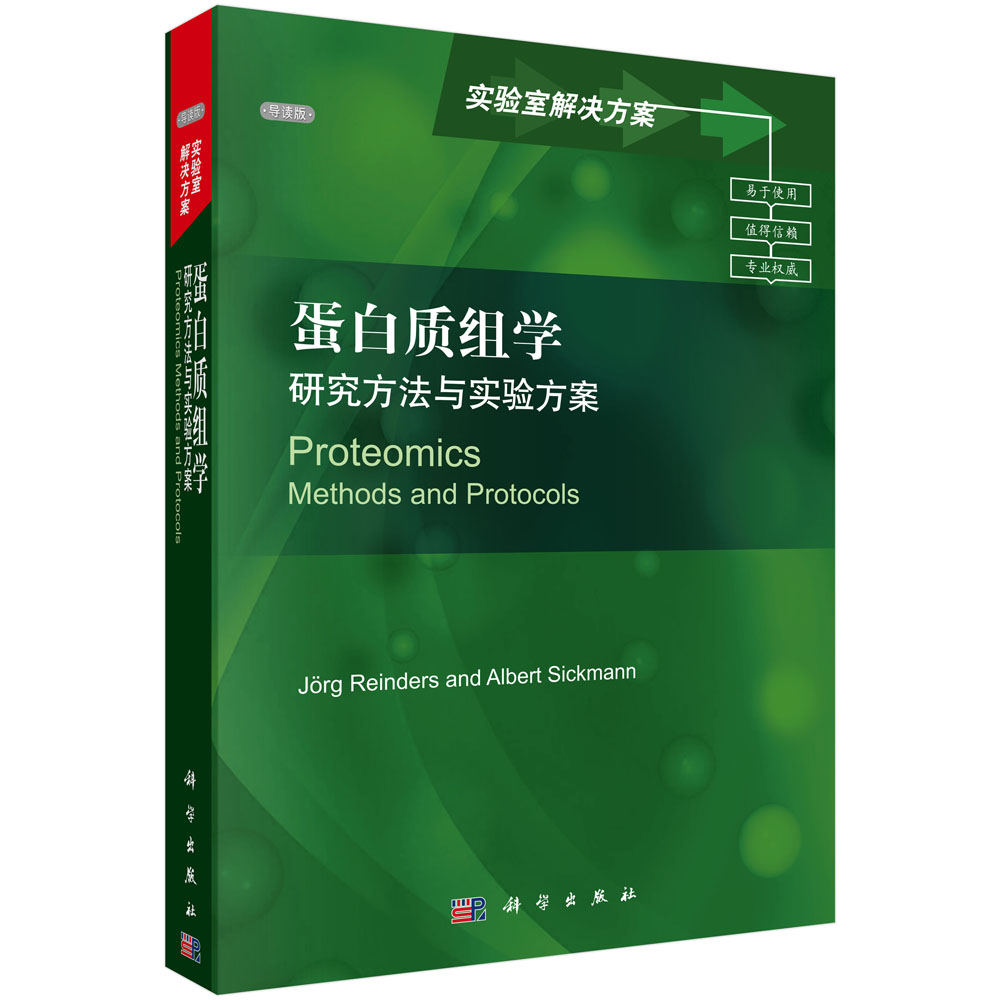
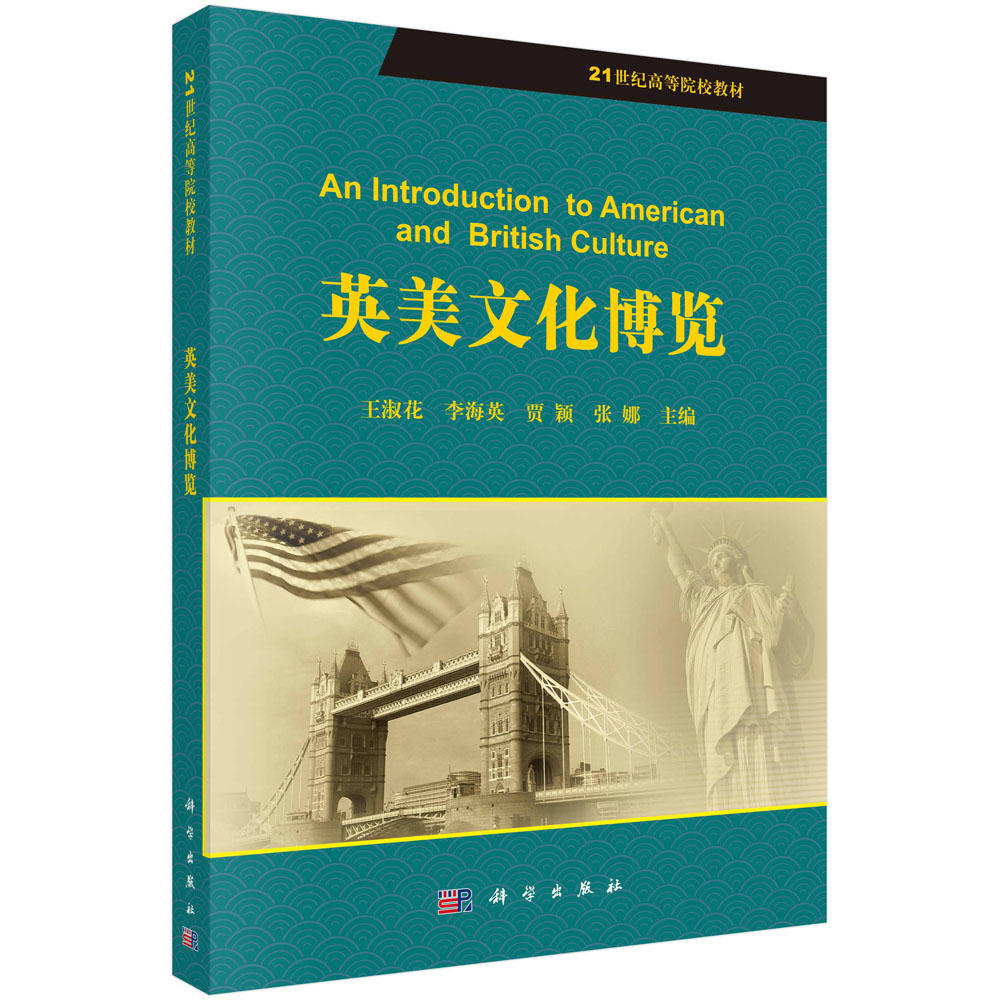

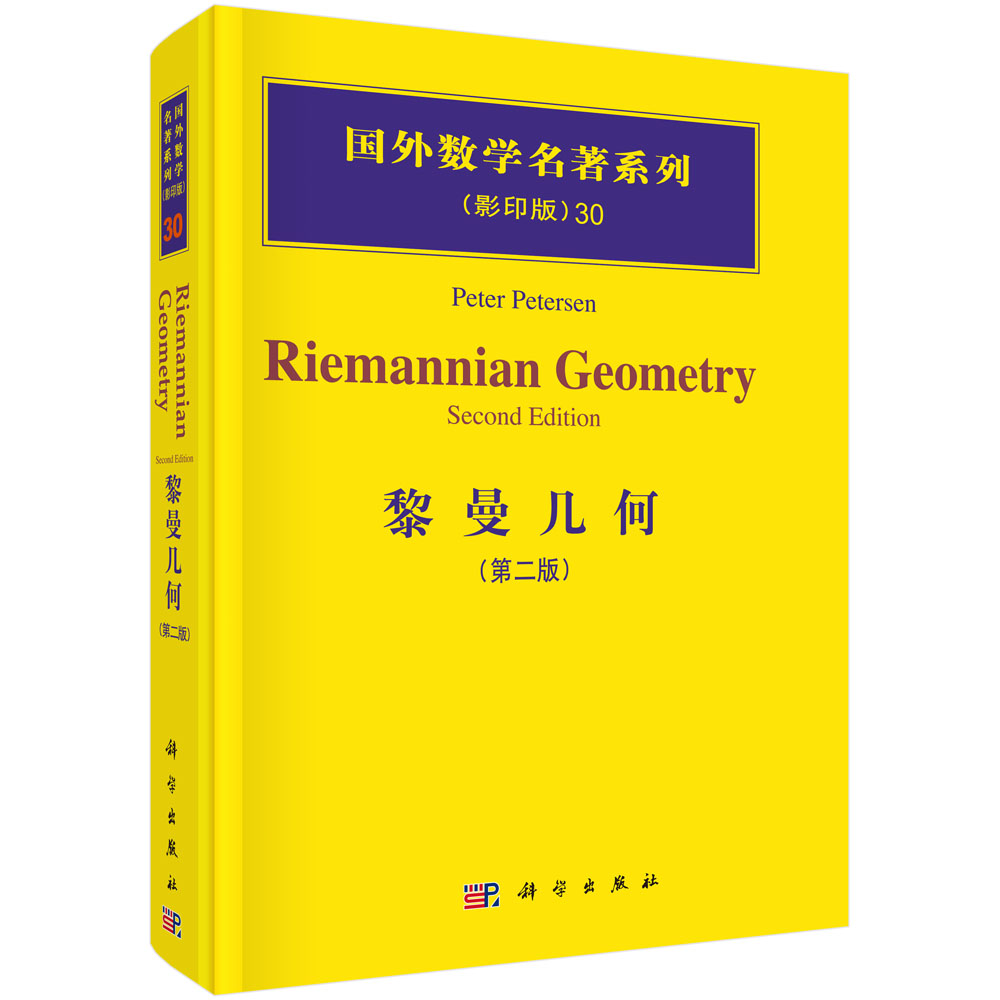
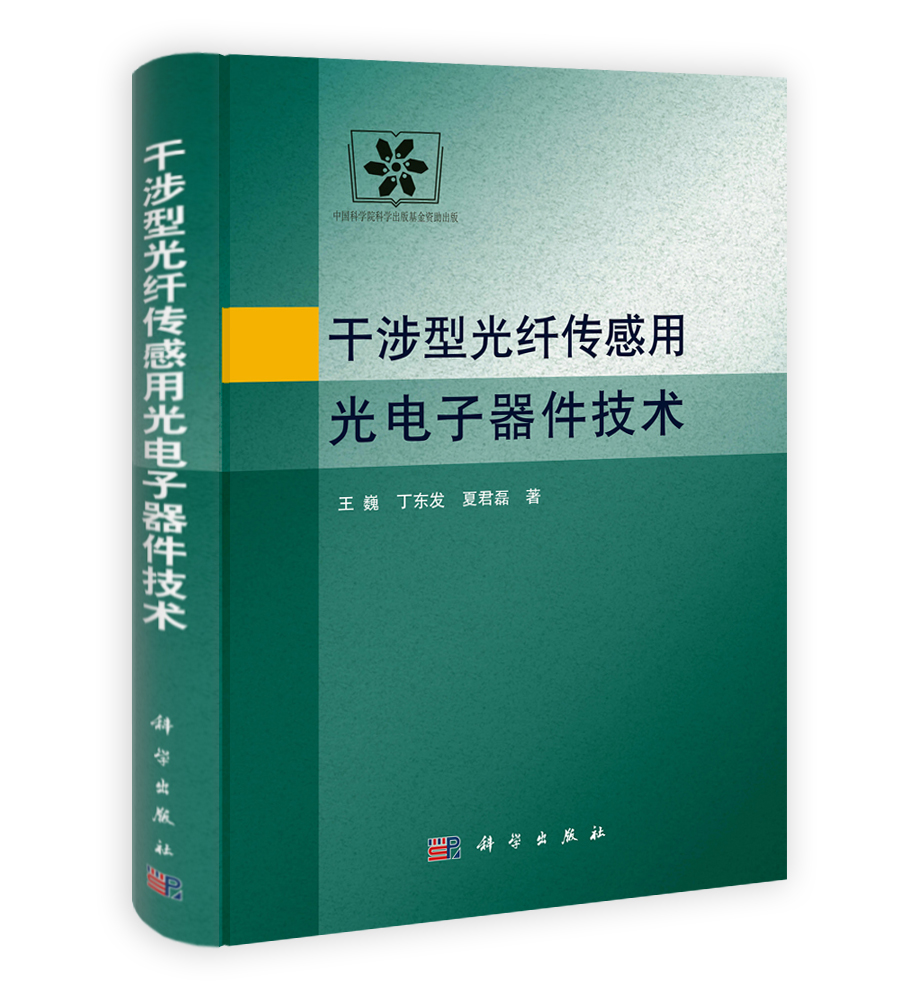

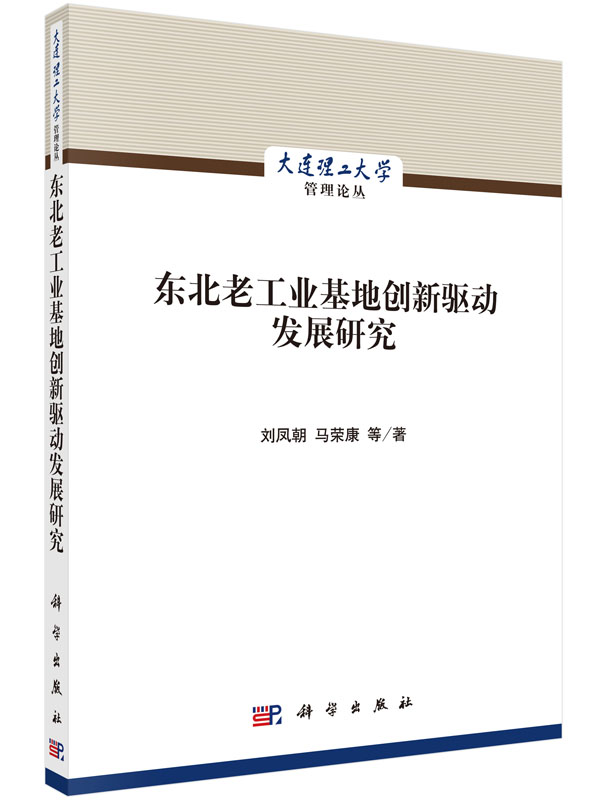
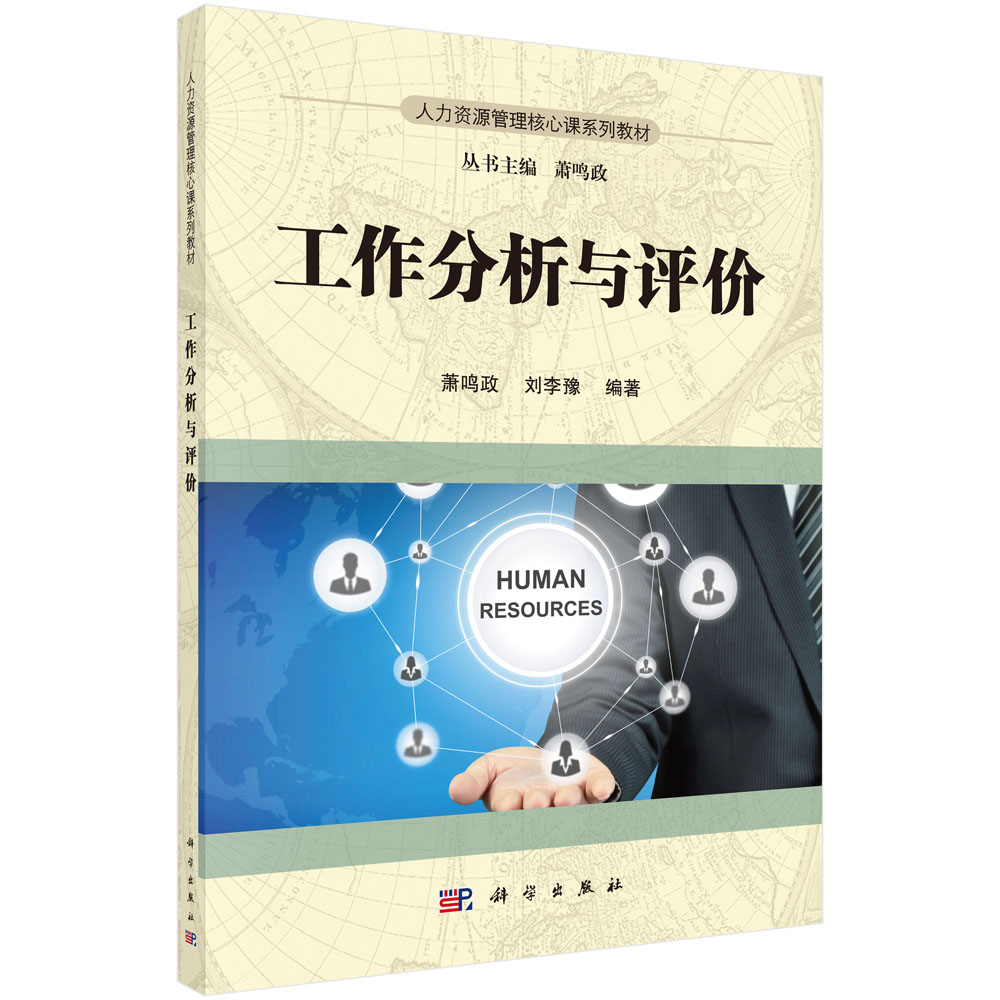
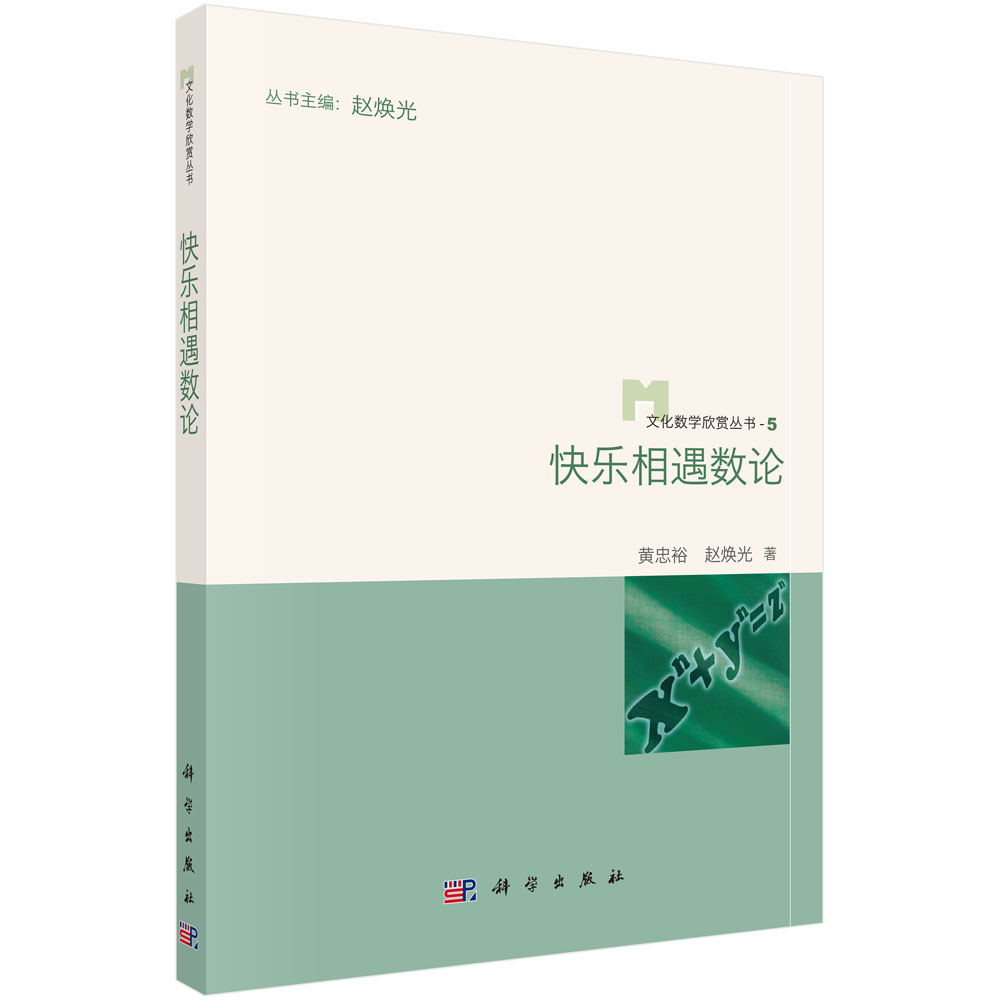
This book systematically introduces readers to computational granular mechanics and its relative engineering applications. Part I describes the fundamentals, such as the generation of irregular particle shapes, contact models, macro micro theory, DEM-FEM coupling. and solid-fluid coupling of granular materials. It also discusses the theory behind various numerical methods developed in recent years. Further, it provides the GPU-based parallel algorithm to guide the programming of DEM and examines commercial and open-source codes and software for the analysis of granular materials. Part II focuses on engineering applications, including the latest advances in sea-ice engineering. railway ballast dynamics, and lunar landers. It also presents a rational method of parameter calibration and thorough analyses of DEM simulations, which illustrate the capabilities of DEM. The computational mechanics method for granular materials can be applied widely in various engineering fields. such as rock and. soil mechanics, ocean engineering and chemical process engineering.
本书将围绕计算颗粒材料的基本理论和在不同领域中的工程应用展开,主要包括作者课题组的近几年的研究成果,并参考当前国内外的研究现状,重点对颗粒细观力学、宏细观分析、非规则颗粒形态和大规模计算等基础问题,以及在海冰动力学、有碴铁路道床、工程地质灾害和颗粒阻尼技术等方面的工程应用进行阐述。本书将理论研究与工程实践密切结合,为不同研究领域的颗粒问题研究提供有益的帮助,也为解决工程颗粒问题提供一定的思路。
样章试读
- 暂时还没有任何用户评论
全部咨询(共0条问答)
- 暂时还没有任何用户咨询内容